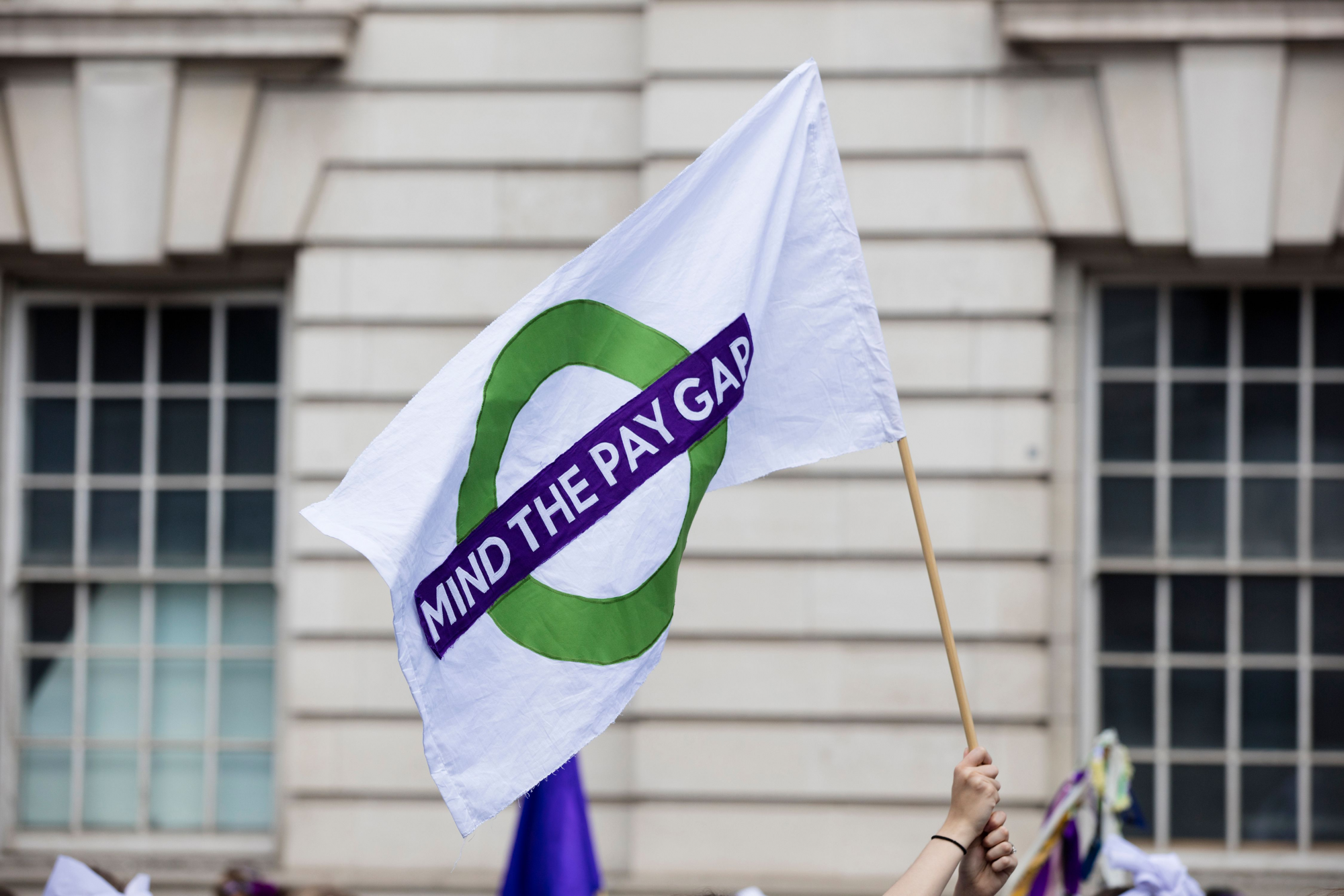Test- FTSE 100 Kicks Off August on a High as BP and Senior Lead Market Momentum
$11
10 Oct 2025, 13:13

Shutterstock.com

The salary gap is at 9.4%, the same as it was in 2017–18 when businesses were first forced to report figures, despite ongoing efforts to promote equality.
The information is based on the wage discrepancy between middle-ranking men and women, or the so-called "median" pay gap.
This is separate from unequal pay, which is defined as paying women less for the same amount of work.
Companies, nonprofits, and government agencies with 250 or more workers are required by law to post their gender pay gap statistics on the Gender Pay Gap Service website.
Media gender pay gap towards men:
2017-18 – 9.4%
2018-19 – 9.7%
2019-20 – 10.5%
2020-21 – 10%
2021-22 – 9.7%
2022-23 – 9.4%
The biggest offenders are still in banking and finance, where women make an average of 22.1% less than their male counterparts. In comparison to five years ago, the industry has only reduced the disparity by 0.4%.
According to data found by BBC, while the difference was lessened in the construction industry by 2.6%, it remained remarkably uneven, with the typical woman getting 78p for every £1 earned by a man.
Businesses like Airbus Operations (17.7%), Azebra Pay (16.9%), and DHL Services (12%), are examples of where women are paid more than men.
The gender wage gap has, nevertheless, widened in several industries.
For instance, it rose by 0.8 percentage points in education.
Major corporations like Easyjet, the Lloyds Bank subsidiary, and Savills have some of the biggest wage gaps between men and women.
Despite an increase from the previous year, women at Easyjet still receive only 53p for every £1 earned by males. The difficulty, according to Easyjet pilot Mona Abdelatti, is that more men than women are interested in occupations like hers.
(bbc.co.uk, theguardian.co.uk)